Power players: German car makers leading the hybrid and electric charge

Germany is making design news. In our April 2019 issue (W*241), we shined a light on its bold new Bauhaus Museum, and its pioneering fashion collectives redefining everyday dressing. Here, from the supplement, we explore the country's power surge of electrifying autos.
BMW 530e iPerformance (pictured top)
BMW’s electric strategy seems to be taking two routes. On the one hand, you have the acclaimed i3 and i8 – still two of the most futuristic cars on the road some eight years after the designs were first seen. And on the other, you have the slow, inexorable hybridisation of every other model in the fleet. The new 530e iPerformance is a case in point. As a plug-in hybrid, it leaves it down to the driver whether to make the most of EV power, offering up a more than serviceable petrol alternative if the batteries are flat. Make the most of both options, however, and you have a hyper-efficient business saloon, full of cutting-edge but discreet technology. It drives with the spirited verve that defines every BMW saloon, while encouraging you to make the most energy-efficient progress you possibly can. From £49,950, bmw.com
Mercedes-Benz EQC
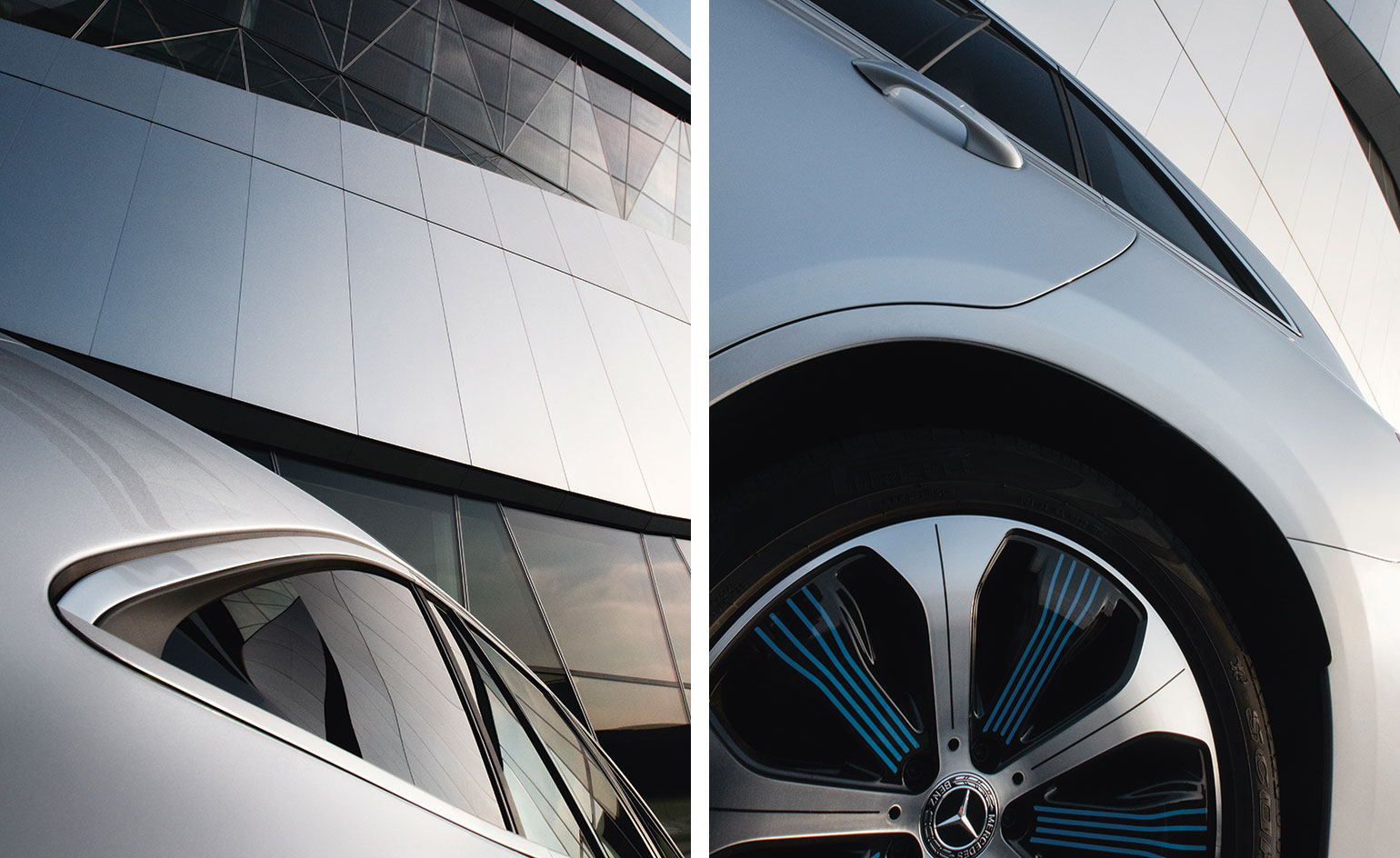
The sleekly contoured all-electric EQC beside UN Studio’s impressive Mercedes-Benz Museum in Stuttgart, a drum of glass, concrete and steel that houses 160 cars and was completed in 2006.
Mercedes-Benz has launched a dedicated electric sub-brand, EQ, to focus its EV strategy (there are already a host of hybrid variants of the marque’s regular models). The EQC is the first production model to appear, a relatively conservative, big SUV that doesn’t break any moulds but instead offers a familiar form to those wavering between old-school engines and the zero-emission future. In fact rather sleeker than its combustion-engined siblings, the EQC benefits from a more minimalist touch. Access to the Ionity fast-charge network and a projected range of 280 miles make it competitive, while the slick evolution of the Mercedes-Benz interior will also win fans. Expect more EQ models in the coming months, both big and small, topped by a rumoured all-electric alternative to the flagship S-Class saloon. Approximately £60,000-£70,000, mercedes-benz.com/EQ
Porsche Mission E Cross Turismo

Left, the rear ribbon lighting of the Mission E Cross Turismo concept is set against the glazed underside of Delugen Meissl’s angular Porsche Museum in Stuttgart. Right, the Mission E Cross Turismo concept is part of Porsche’s drive to combine electric power with the sports car aesthetic and performance it is known for.
A concept that’s not far from reality, Porsche’s Mission E Cross Turismo is related to the upcoming Taycan – the marque’s first all-electric production car – but has a slightly higher ride and an extended luggage compartment. Porsche is already a master of hybrid tech, as seen in the 918 supercar, the Panamera, the Cayenne and the forthcoming 911; its pure EVs will take things further. To retain its status as the world’s biggest sports car-maker, Porsche needs to make its Porsche Mission E Cross Turismo EVs ultra-desirable. As a result, its designers have spent half a decade honing the Taycan, starting with the original Mission E concept in 2015. The model will have a fast-charge system that will give 80 per cent range in just 15 minutes, using the Ionity network. Variants are sure to follow, all with Porsche levels of performance as standard. The concept seen here could be a part of a major shift in performance motoring. Concept only, porsche.com
Volkswagen e-Golf
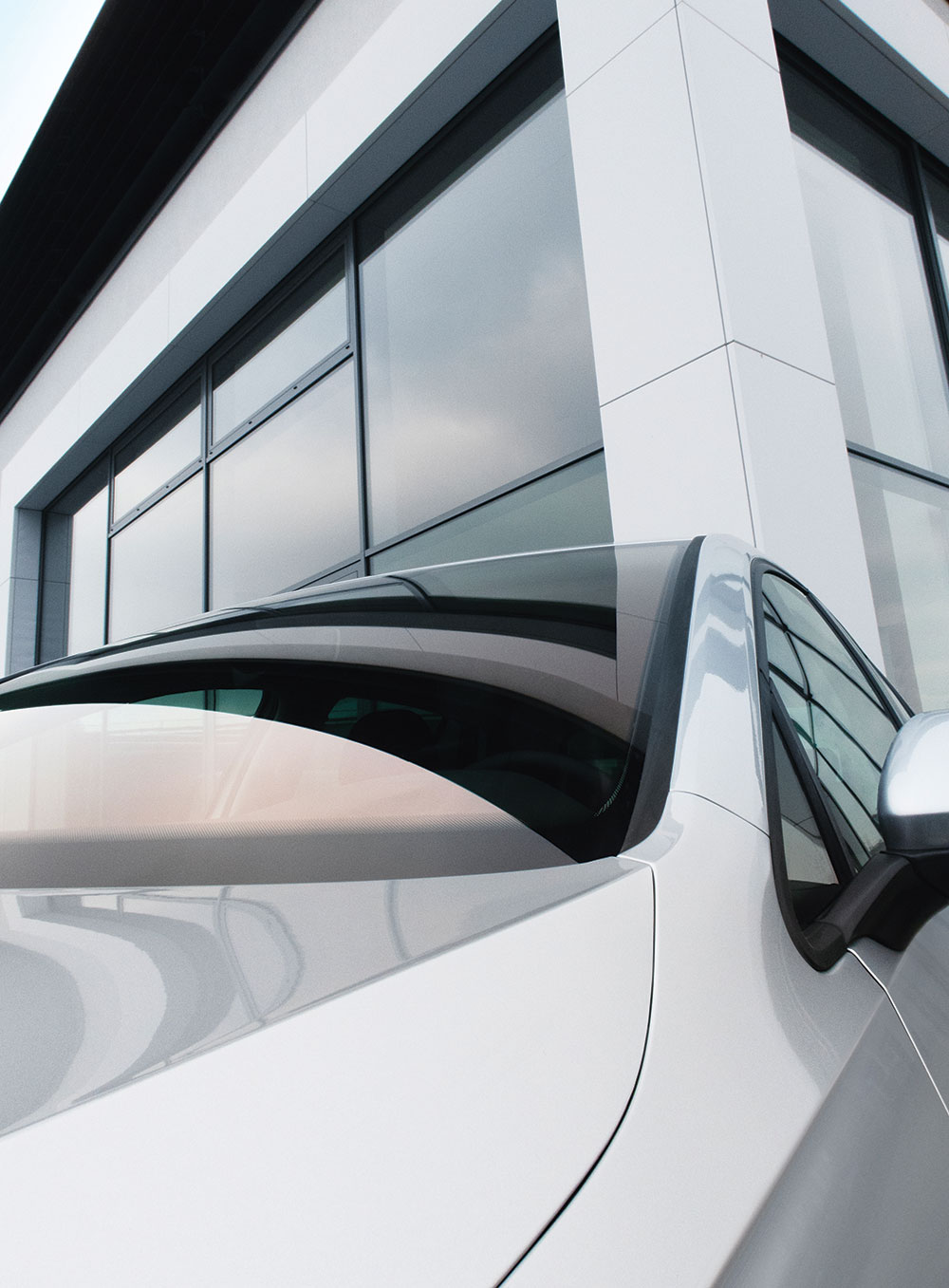
More than 32 million Volkswagen Golfs have been sold since the model debuted in 1974. The all-electric e-Golf, photographed at the brand’s Stuttgart showroom, is the perfect zero-emission all-rounder.
Despite Volkswagen’s garage-full of new electric cars due to roll out at the start of the next decade, there are still plenty of takers for the simplest option: an electric Golf. The e-Golf has been a long-term project, with the first prototypes arriving in 2011. Since then, it has continued to evolve and improve its range, to the point that it is a truly credible alternative to the combustion-engine classic. At one point, the e-Golf was the best-selling car in EV-mad Norway, for example. However, despite its appeal, this may be your last chance, at least for a while, to grab one. While a Golf Mk8 will be released this year, the e-Golf is likely to give way to the company’s new ID range of pure electric cars. From £32,550, vw.com
As originally featured in the April 2019 issue of Wallaper* (W*241)
Receive our daily digest of inspiration, escapism and design stories from around the world direct to your inbox.
Jonathan Bell has written for Wallpaper* magazine since 1999, covering everything from architecture and transport design to books, tech and graphic design. He is now the magazine’s Transport and Technology Editor. Jonathan has written and edited 15 books, including Concept Car Design, 21st Century House, and The New Modern House. He is also the host of Wallpaper’s first podcast.
-
 Year in review: the shape of mobility to come in our list of the top 10 concept cars of 2025
Year in review: the shape of mobility to come in our list of the top 10 concept cars of 2025Concept cars remain hugely popular ways to stoke interest in innovation and future forms. Here are our ten best conceptual visions from 2025
-
 These Guadalajara architects mix modernism with traditional local materials and craft
These Guadalajara architects mix modernism with traditional local materials and craftGuadalajara architects Laura Barba and Luis Aurelio of Barbapiña Arquitectos design drawing on the past to imagine the future
-
 Robert Therrien's largest-ever museum show in Los Angeles is enduringly appealing
Robert Therrien's largest-ever museum show in Los Angeles is enduringly appealing'This is a Story' at The Broad unites 120 of Robert Therrien's sculptures, paintings and works on paper
-
 Gorden Wagener leaves the helm of Mercedes-Benz design after 28 years with the company
Gorden Wagener leaves the helm of Mercedes-Benz design after 28 years with the companyThe German designer is stepping down from the role of chief design officer at Mercedes-Benz. We look back at his influence and impact on the world of automotive and luxury design
-
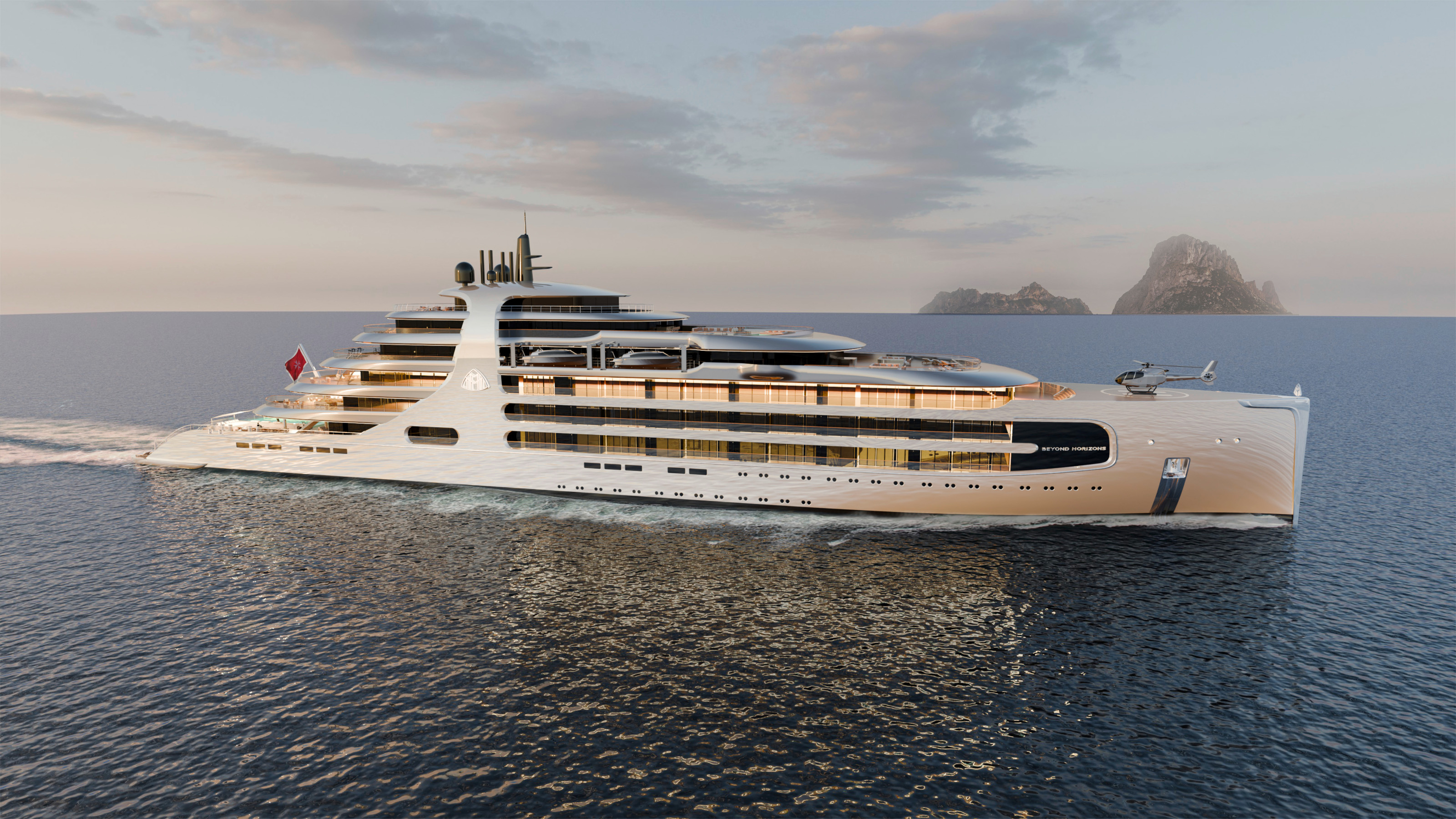 The Maybach Ocean Club is a floating members’ club for the super-rich
The Maybach Ocean Club is a floating members’ club for the super-richMercedes-Benz Design has announced the upcoming Maybach Ocean Club, a ship-based enclave inspired by automotive luxury
-
 Rivian hits Miami Art Week to release R1S Quad Miami Edition, a new colour and a scent
Rivian hits Miami Art Week to release R1S Quad Miami Edition, a new colour and a scentVivid sights and evocative smells are part of Rivian’s quest to humanise its all-electric SUVs
-
 RBW EV brings a much-loved classic sports car aesthetic into the modern era
RBW EV brings a much-loved classic sports car aesthetic into the modern eraThe RBW Roadster and GT hark back to a golden age of sports car design. Under the skin, these British-built machines feature bespoke all-electric running gear
-
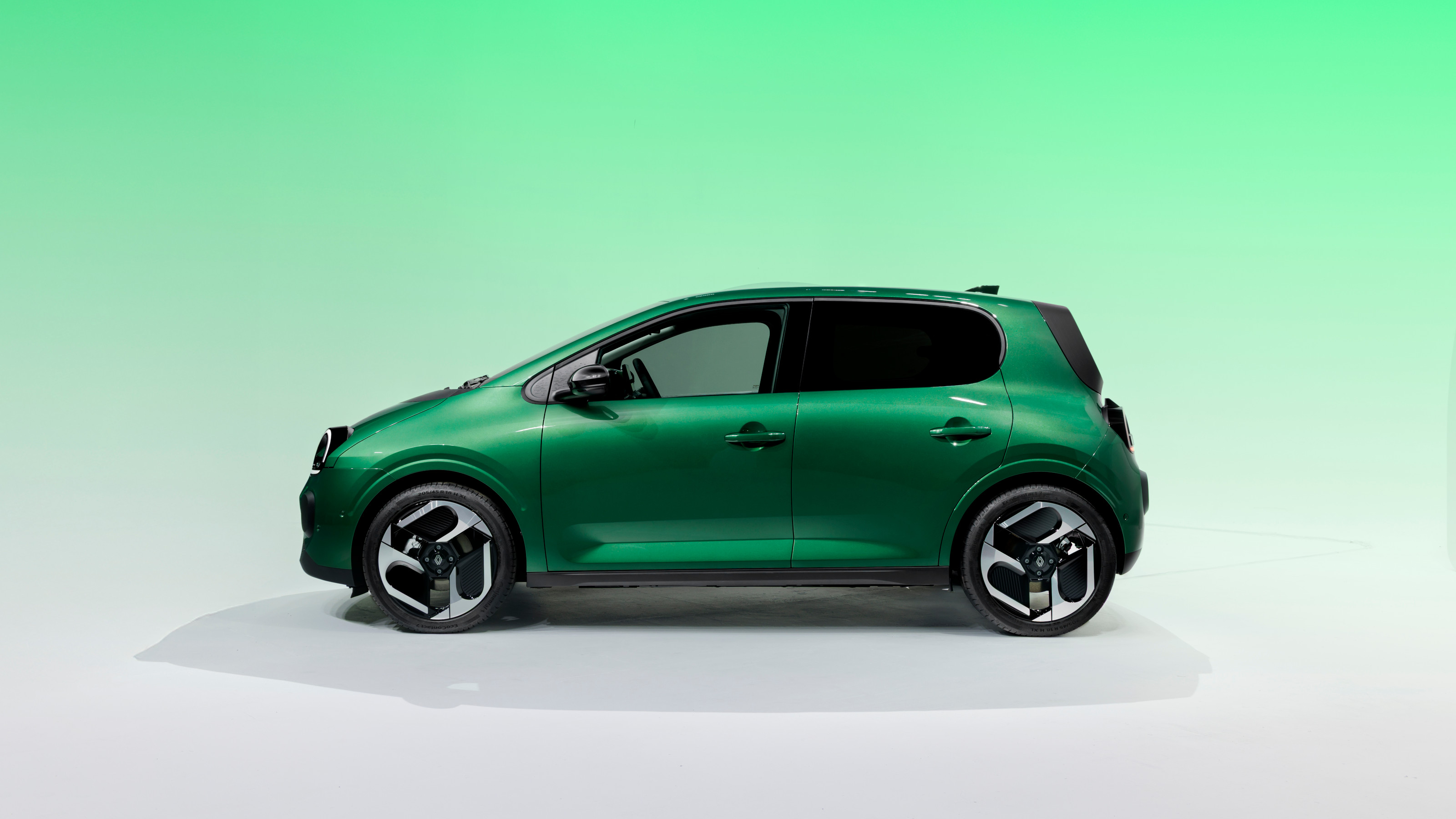 All hail the compact new Renault Twingo E-Tech – the city car is back in style
All hail the compact new Renault Twingo E-Tech – the city car is back in styleRenault continues to pay homage to its heritage by combining it with 21st-century technology. The new Twingo E-Tech is another winner
-
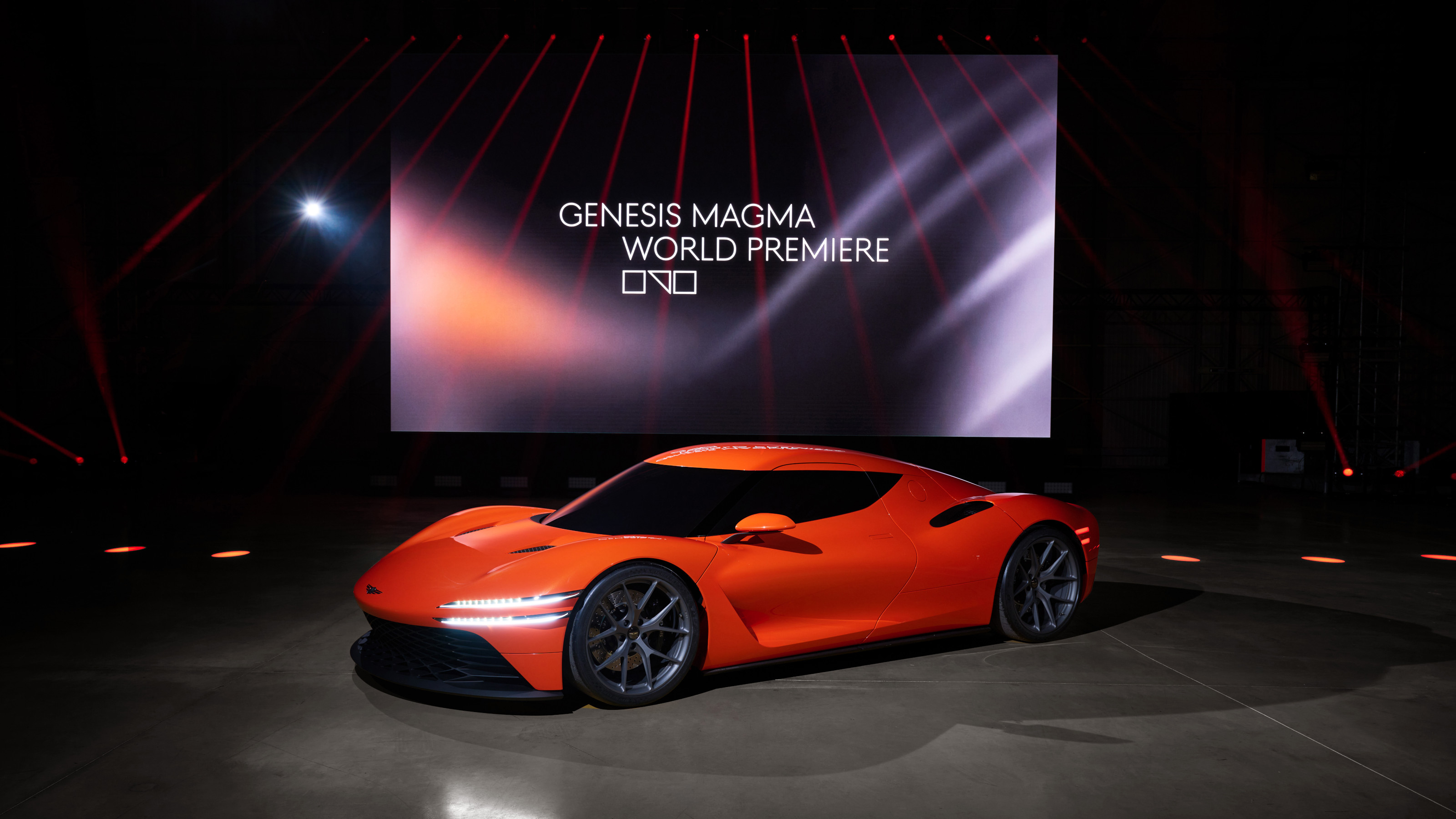 Genesis turns up the heat with its new Magma performance sub-brand
Genesis turns up the heat with its new Magma performance sub-brandGenesis has revealed the hot new GV60 Magma and striking Magma GT Concept in its quest to own luxury performance
-
 New Porsche Cayenne Electric makes a case for a sporting life with lashings of technology
New Porsche Cayenne Electric makes a case for a sporting life with lashings of technologyThe next-gen Cayenne gets its first all-electric model, a mighty SUV that’s also the first Porsche with wireless charging
-
 Around London in sybaritic silence with the majestic all-electric Lunaz Phantom V
Around London in sybaritic silence with the majestic all-electric Lunaz Phantom VClassic electrifier Lunaz has turned its skilled hands to the Rolls-Royce Phantom V. We sample the ultimate in zero-emission luxury on the streets of London